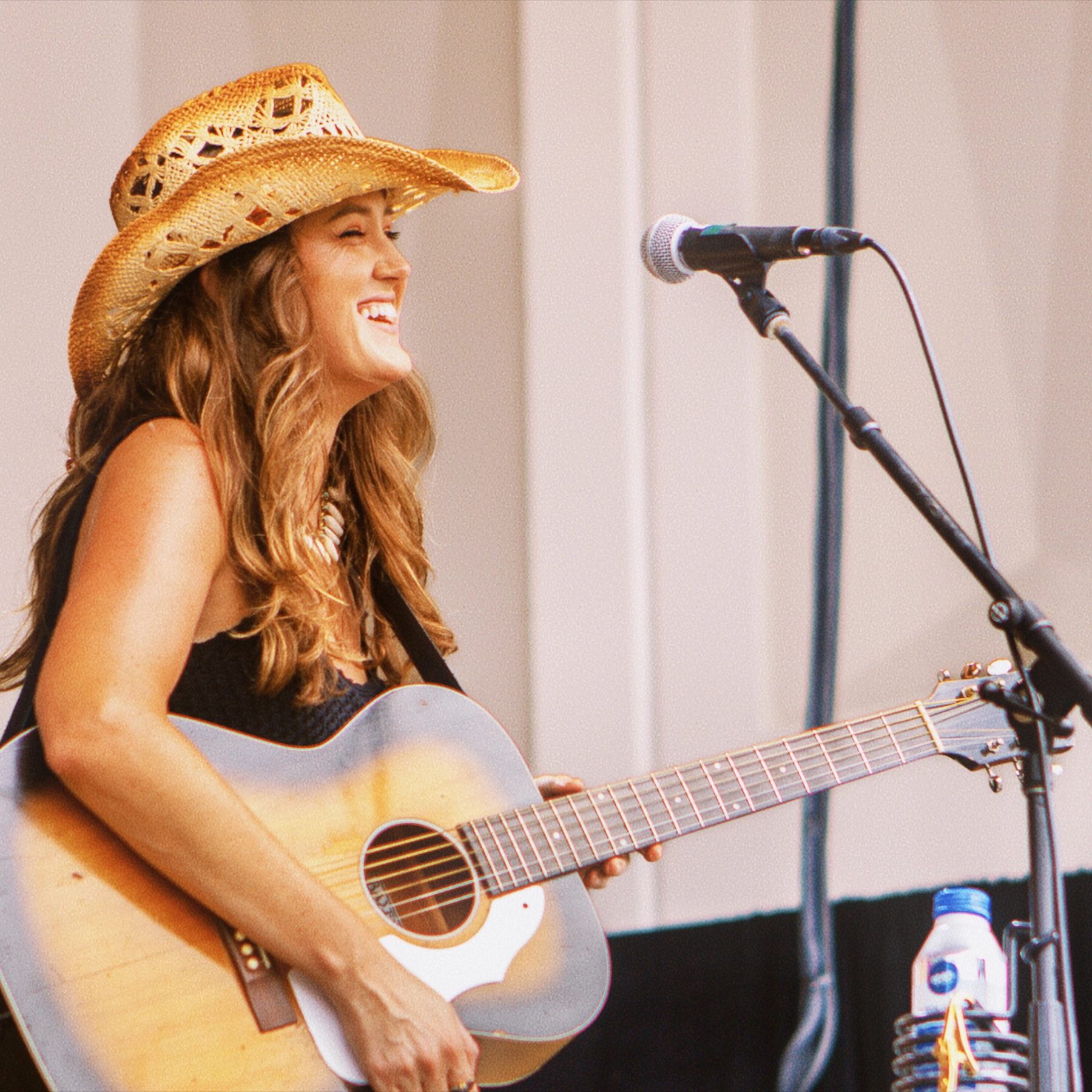by Dave Seminara | May 15, 2025
Denied at UF & FSU: The New Reality for Florida’s Brightest Students
With out-of-state and international applications surging, Florida’s most competitive public colleges are becoming less accessible for the in-state students they were built to serve.
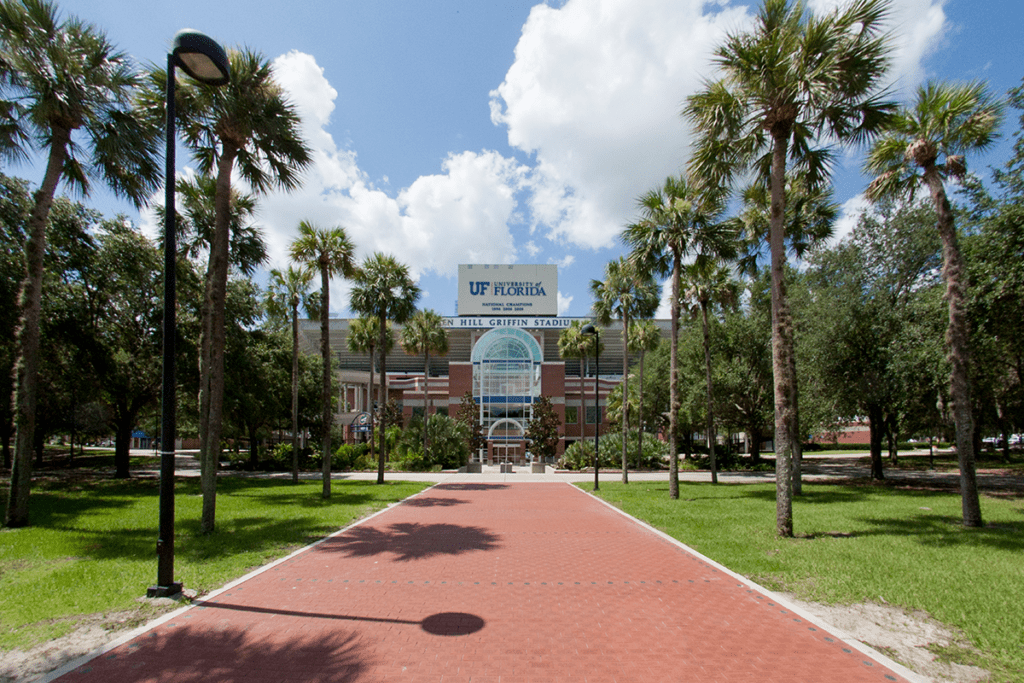
On a Friday afternoon in February last year, Tate Keber was waiting for an admissions e-mail from the University of Florida that she thought would validate her years of hard work and service to her community. Everyone told her she was a slam-dunk candidate to be admitted to the Gators’ Class of 2028—and for good reason. She was a straight-A student ranked #2 in her class at St. Petersburg High School, with a 4.6 weighted GPA (thanks to the eleven AP classes she took) and had a 1450 SAT score. Keber was voted the school’s prom queen and was the captain and MVP of the volleyball and tennis teams, the latter of which went to states four years in a row. She won a $5,000 3DE Junior Achievement business scholarship and a national competition after successfully pitching a business proposal to the CEO of The Home Depot.
Keber was chosen to moderate a young women’s entrepreneur convention; she founded a club called Sunshine Service that delivered baskets of essentials to homeless persons in her native St. Pete; she was VP of her school’s pickleball club; and she completed well over 100 hours of volunteer service. “I did all of that because I wanted to, not because I thought it would get me into UF,” Keber says.
Despite her impressive credentials, her application to UF was denied. “I sat there, kind of shocked, and then I cried, and I didn’t come out of my room to tell my parents,” Keber says, whose mother and three aunts went to UF. “I don’t know if I was embarrassed or ashamed that I didn’t get in, but I felt like I wasn’t good enough in a sense.”
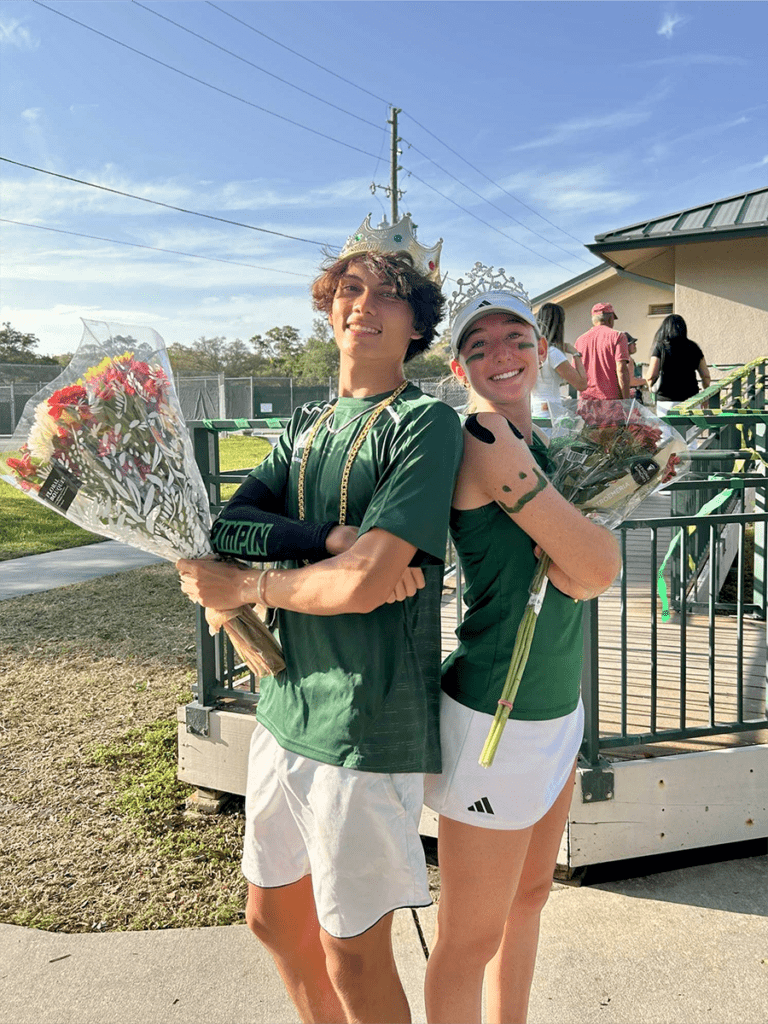
As the fateful e-mail came in, she was on the phone with a few friends, including Zach Brayer, another standout student and tennis player who wanted to attend UF. Brayer also fancied his chances—he had a 4.46 weighted GPA in St. Pete High’s IB program, a 1470 SAT, and plenty of deep involvement in extracurriculars and community service. Before he opened the e-mail, he started making a video of himself, which he planned to share with friends, assuming it was good news. But he, too, was denied. Brayer’s friends tried to console him by putting together a goody basket and delivering it to his house. Meanwhile, Keber’s older brother, Peter, consoled her by buying her favorite treats and then laying them across her floor in a pattern to spell the words, “LUV U.”
The gestures helped, but the students grappled with the “why didn’t I get in” question for months. Brayer was particularly befuddled with his rejection because a classmate he tutored in biology with a lower GPA and SAT score was accepted to UF.
“For months after, I was absolutely distraught wondering what I could have done differently and wondering what I did wrong,” says Brayer, now a freshman at the University of South Florida (USF).
Raising Rates
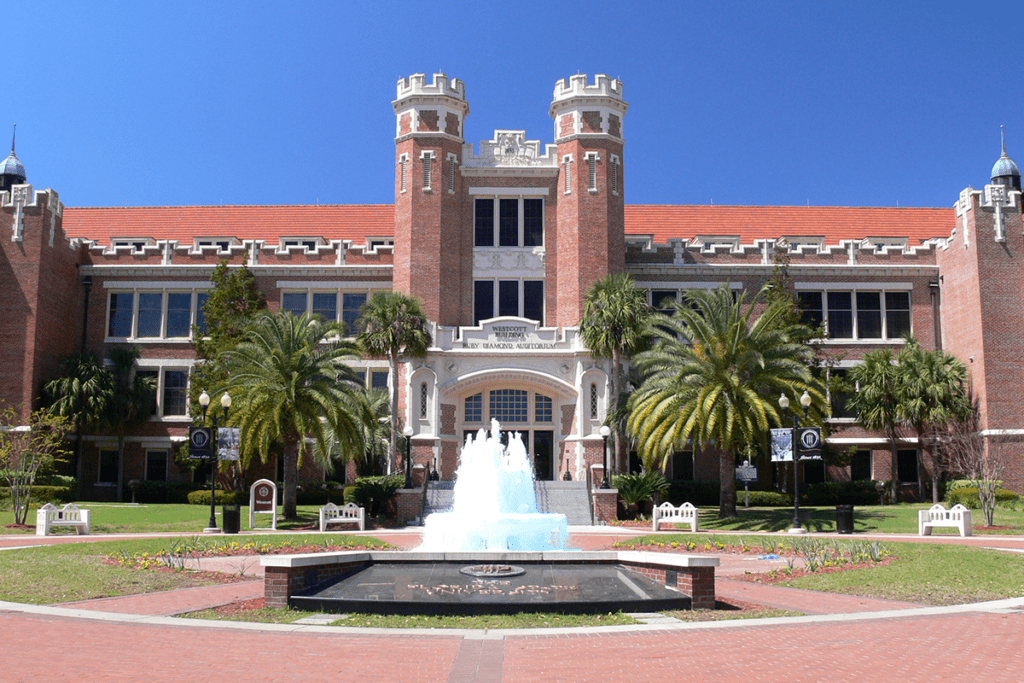
Keber and Brayer’s stories aren’t outliers. Florida’s two premier state universities—UF and Florida State University (FSU)—have never been more popular or harder to get into. Meanwhile, the ripple effect of well-qualified students getting denied at these schools has enhanced the applicant pools at other state schools like USF and the University of Central Florida (UCF)—once considered commuter schools and “safety schools” for Florida’s top students.
FSU received more than 85,900 applications this year, an 8% increase over last year and a 182% increase compared to a decade ago. UF received 91,884 applications for a place in the Class of 2029, up 23% over last year, which University officials called its most academically competitive ever. By comparison, both schools received just under 30,000 applications a decade ago. For regional context, applications at the University of Georgia were up 12% this year. UF introduced a non-binding early action application option for this year’s admissions cycle, which was open to all students. FSU similarly offers early action applications, allowing students to receive their decision in early December; however, the option is only for Florida residents.
Applications from international students increased by nearly 81% compared to last year, according to Mary Parker, UF’s Vice President and Chief Enrollment Strategist, who reported preliminary numbers to UF’s Board of Trustees in late March. UF has yet to release the acceptance rates for this year’s cycle, but it was just 24% last year. This year, FSU admitted 38% of in-state students and 19% of out-of-state applicants to the Class of 2029. The average SAT for this year’s freshman class at UF is 1432. The middle 50% of students admitted to FSU’s Class of 2029 had an average SAT score of 1395. At UCF, the state’s largest university by enrollment, the middle 50% had an average SAT score of 1360.

Beth Partington is an independent college consultant in Pensacola and the owner of Next Level College Consulting. Having started advising students in 2015, Partington says she’s witnessed dramatic changes in admissions standards at Florida’s state schools. “It’s night and day compared to ten years ago,” she says. “When a student wants to get into UF and FSU, I’m more stressed because I know with (those schools), you have to meet the numbers. High performing students used to consider those schools safety schools, but they aren’t anymore.”
Ten years ago, UF had an acceptance rate of 48% while FSU accepted 56%. Twenty-five years ago, the acceptance rate at UF was 63% and 54% at FSU. The share of out-of-state students at both universities has also risen in the last decade, from 8% to 15% at UF and 11% to 20% at FSU (these figures do not include international students). State law mandates that systemwide enrollment cannot exceed 10% for out-of-state students across Florida’s twelve state schools. But the less selective schools in the state have shares well below 10%, so UF and FSU can exceed that figure without violating state law. Why are so many top students in the state being shut out of Florida’s top state schools and what are parents doing to help their kids to get into the state’s two premier public universities?
Everybody Wants To Go to College in the South
A recent headline in The Wall Street Journal neatly captures the new reality Florida students face in reckoning with increased competition from their peers up north: “Sorry, Harvard. Everyone Wants to Go to College in the South Now.” While the Ivies aren’t yet begging for applicants, Forbes reports that applications are down this year at Yale, Columbia, Brown and Dartmouth. Meanwhile, the Journal rated UF as the 7th best value college in the nation for 2025. In its 2025 Best College rankings, Niche rated UF the 33rd best college in the country and FSU was No. 51 on their list.
Members of Generation Z appear to appreciate the value of quality state schools and are apparently into balmy weather and the football school culture that thrives in Dixie.

“I didn’t expect as many out-of-state students here as I’ve met,” says Parker Schoenbeck, a St. Pete native who is a freshman at Florida State. “It’s become one of those big fun Southern football schools that everyone wants to go to.” Indeed, it is—Niche also rates FSU the No. 2 party school in the nation. With both FSU and UF boasting first-year retention rates above 95%, it seems that most UF and FSU students are happy and are spreading the word about the good vibes on campus.
Florida state schools are considered a relative bargain in an era of tuition hyperinflation, where college tuition has risen 197% when adjusted for inflation since 1963. Without accounting for room and board, out-of-state tuition for the 2025-26 academic year costs $29,000 at UF and just under $19,000 at FSU. Compare those prices to the roughly $60,000 out-of-state tuition at the University of Virginia, $45,000 at the University of North Carolina–Chapel Hill, $43,000 at the University of Texas–Austin, $61,000 at the University of Michigan–Ann Arbor, and $53,000 at the University of California-Berkeley.
Governor DeSantis has also made well-publicized moves to grant in-state tuition to some out-of-state students. In 2021, he signed into law the “grandparent tuition waiver bill” (HB 1273), which provides in-state tuition to a limited number of out-of-state students with grandparents in Florida. The program grants just 350 new out-of-state students in-state tuition each year, on a first-come, first-served basis. Despite that cap, the publicity surrounding the law likely inspired some out-of-state students to apply to Florida’s state schools that otherwise may not have.
This year, Florida lawmakers are considering amendments to the law that would require grandparents to have had residency in Florida for five years instead of 12 months. The Governor also signed an executive order last year waiving certain transfer application requirements for Jewish students who “have a well-founded fear of antisemitic persecution at their current institution” and want to transfer to one of Florida’s public universities or community colleges. The directive exempts the out-of-state transfers from the 10% out-of-state student cap and also asks universities to offer in-state tuition to these out-of-state students who may face financial hardships by transferring on a case-by-case basis. “There’s tremendous interest in UF as we’ve been expanding our footprint, expanding our brand not only domestically but internationally,” said Parker in her March presentation to the UF Board of Trustees. But many Floridians say that while they’re happy that UF’s reputation is rising, they’d rather see the school focus on serving Florida students. “They should prioritize Florida students,” Keber says.
While Florida students are encountering more competition from out-of-state and abroad, it’s also clear that more Florida students are choosing to stay in the state system due to incentives and the rising cost of attending private colleges and public universities out of state. The state’s enticing Bright Futures scholarships, which have allowed nearly 1 million Florida students to attend college for free, and the state’s Florida Prepaid program have allowed many families to lock in low tuition rates for the state system. “We are incentivized with Bright Futures to stay in state,” says Brayer. “But then, what do you do when you can’t get into the state schools?
Unpredictable Expectations

Andres Morales, a senior at St. Pete Catholic High School, hoped to attend UF on a Bright Futures scholarship in the fall but was recently denied admission. A standout athlete in three sports, Morales earned a 4.2 weighted GPA, a 1340 SAT, and was the recipient of a National Hispanic Recognition award. He got into FSU and USF, among other schools, but says what’s most frustrating about UF is the unpredictability in the admissions process. “It makes zero sense who they let in,” he says. Morales cites the example of a classmate whom he said was denied admission at UF this year despite being class president, having a perfect GPA and a 1500 SAT.
Students compare notes in online forums on their admissions experiences, and many echo his sentiments. Grade inflation has made comparing GPAs from one school to another difficult, but a review of a recent UF Reddit discussion illustrates that non-scholarship athletes (who belong in another category in the admissions discussion) are being admitted or denied to UF with a wide range of SAT and ACT scores. One rejected student said they had a 4.5 GPA and 33 ACT with leadership roles in extracurriculars. A Sarasota mom wrote that her son was rejected with straight A’s in IB and AP classes and a 1540 SAT and 34 ACT.
But other students with seemingly more pedestrian scores reported that they were accepted. One student said they were accepted into UF’s engineering program with a 3.8/4.2 weighted/unweighted GPA and 1250 SAT. Another student said they got in with an 1190 SAT and a 3.9/4.6 GPA. FSU applicants report similar variance. For example, one applicant commented on FSU’s Instagram admissions account that it was “so embarrassing” that she got in with a “mid” SAT of 1070 and no ACT.
Schoenbeck says that one of her classmates was admitted to UF with comparatively low scores. She thinks it was because he expressed an interest in his application to attend the school’s Innovation Academy, a multidisciplinary innovation minor where students participate in internships and research programs in the spring and summer instead of the typical fall and spring semesters.
Keber says she takes a little pride in the fact that her story of being denied at UF despite strong credentials is remembered as a cautionary tale at her high school. But she says it’s frustrating that students don’t know what UF is prioritizing in its review process. “They should be more transparent about what they are looking for,” she says. “If you’re going to make it harder, tell us what you’re looking for, so we know what to prioritize.”
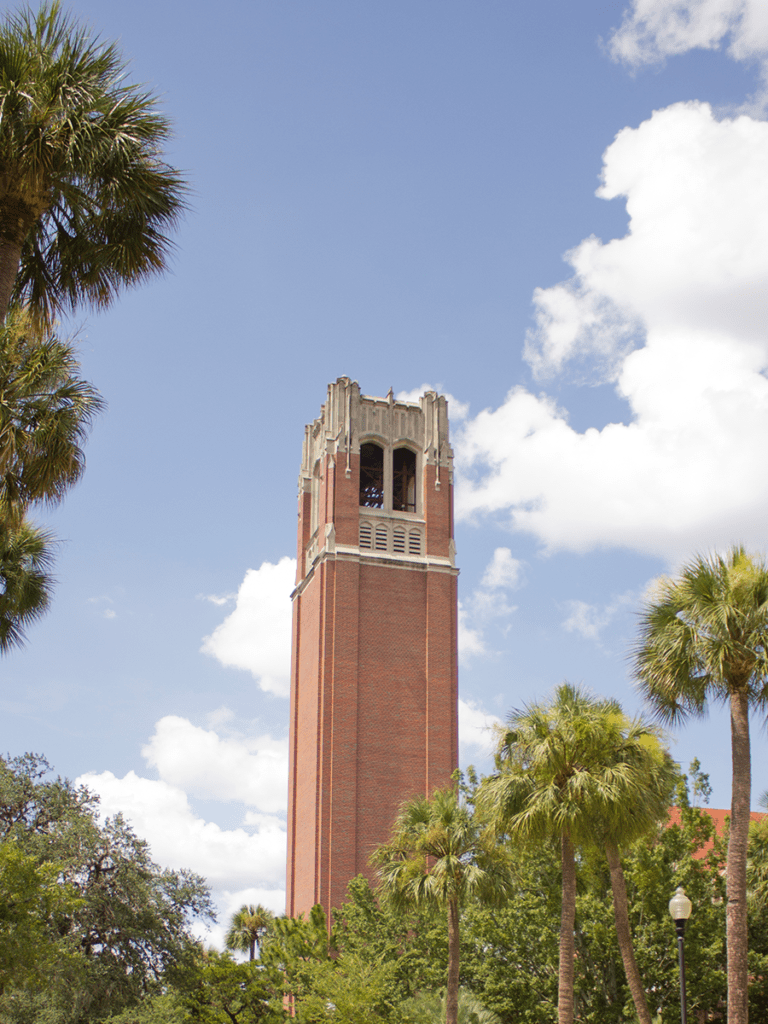
Partington, the college counselor, says that UF admissions reps have told her contacts at a top private high school in the state, “We can’t explain the (admissions) anomalies and inconsistencies,” because different admissions officers handle different batches of applications. With more than 90,000 applicants, Partington believes that it isn’t practical for officers to explain and defend every decision relative to others.
Zoë Losada began working as a college counselor in 1986. Now the director of college counseling at West Palm Beach’s Oxbridge Academy, Losada says that UF and FSU admissions have gotten tougher since 2020. However, she encourages students who are initially deferred to be persistent, as they can often get in later. For example, FSU may offer a student admission to its main Tallahassee campus through its Seminole Pathways Program. Students accepted to the program are asked to complete their first fall semester of classes at nearby Tallahassee State College, FSU Panama City, or by studying abroad at one of the university’s international campuses. The students can then return to study at the main campus in the spring or for their sophomore year.
Losada says she has found UF and FSU’s decisions to be “remarkably consistent” with respect to SAT/ACTs and GPAs. But a review of an admissions scattergram, which plots recently admitted and denied students on a graph relative to their GPAs and SAT/ACTs, from a large private high school in Tampa shows there are clear patterns along with some notable admissions outliers. For example, a pair of students from this high school were recently denied at UF despite having 1510 SATs and weighted GPAs close to 4.5. Meanwhile, several admitted students had pedestrian scores varying from 2.7 GPAs and 970 SATs to 3.9 GPAs and 1330 SATs.
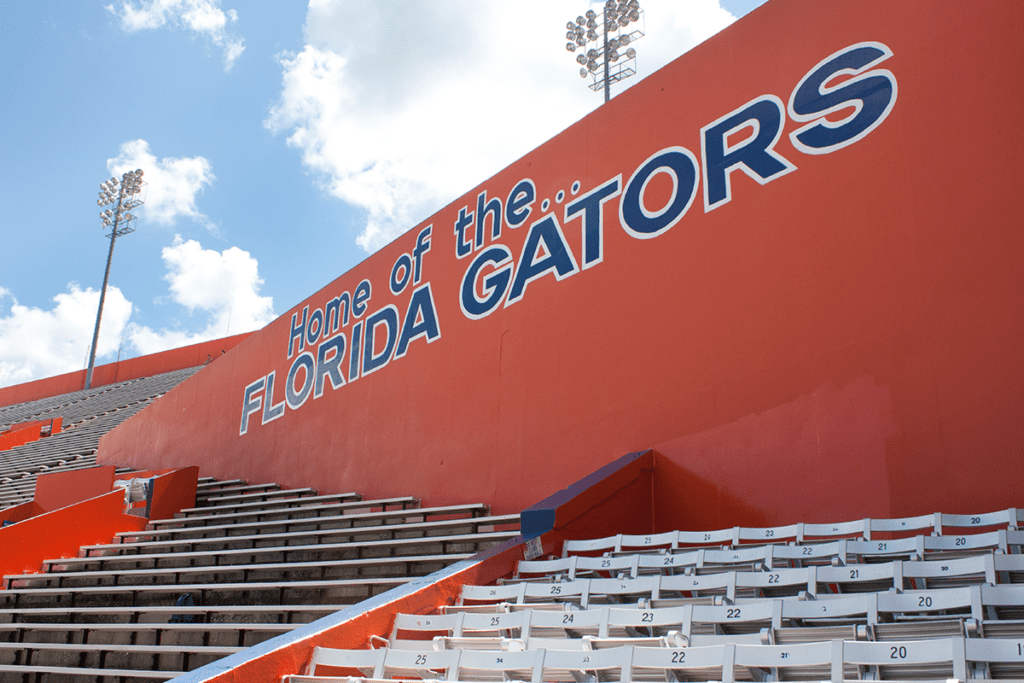
The lowest-scoring students may have been scholarship athletes or had other talents that made their applications stand out. This high school’s FSU admissions scattergram contained similar outliers, which may be a hopeful sign for some students but a frustrating one for others who’ve seen classmates with lower marks secure admission to schools where they were denied. In Parker’s late March presentation to the UF Board of Trustees, she said that applications from “low-income students” were up 20% this year. She noted that increasing access to UF for low-income students was a priority for the Board.
Partington says that Boards at any college can establish targets for different groups and those targets can change from year to year. “One year, a priority group could be first-generation college students, another year, it could be low-income students or another group,” she says. “But schools aren’t going to publicly announce what those priority groups are.”
In 2023, the Supreme Court banned the use of racial preferences in college admissions with its ruling for the plaintiffs in the Students for Fair Admissions v. Harvard case. With the Class of 2028 being the first since that ruling, their admissions data has been scrutinized by researchers and media outlets to see if diversity at elite colleges suffered as many warned—one example being an amicus brief provided to bolster Harvard’s case in their Supreme Court case. The New York Times analyzed race data from 59 colleges and concluded that the share of Black students declined by about one percentage point from 7% to 6% after the decision. The share of Hispanic students fell by nearly one percentage point from 14% to 13%. Meanwhile, the Manhattan Institute, a conservative think tank, analyzed data from 31 colleges and concluded that the share of Asian students at top colleges didn’t increase as expected, nor did the share of Black and Hispanic students fall substantially, as colleges had warned. For example, at Duke University in North Carolina, the share of Asian students declined after the ruling from 35% to 29%, while the share of Hispanic students increased from 13% to 14%, and the share of Black students remained steady at 13%.
At FSU, the demographic makeup of the 2027 and 2028 classes were almost identical before and after the Supreme Court ruling: the percentage of Black students slightly increased from 6.0% to 6.4% while Asian students stayed consistent (4.6% to 4.7%). The Hispanic student enrollment rate just ticked up from 23.0% to 24.1%. UF hasn’t published demographic data on the Class of 2028 yet, but their 2027 class demographics were similar to FSU for Black and Hispanic students. However, the share of Asian students in the freshman class was considerably higher at 14.8%. (According to census data, 3.2% of Floridians identify as solely Asian, 16.9% identify as solely Black and 27.4% as solely Hispanic).
Advice From Admissions Officials

Jen Mackie is a Florida mom who hopes that her son, who is currently a junior in high school, can get into UF and FSU, but is increasingly nervous about his chances, particularly at UF. Rather than attend her designated high school, Mackie enrolled in the IB program at St. Petersburg High School in 1988 because, at the time, she believed that an IB diploma “practically guaranteed” admission to the state’s top public universities. “My grades weren’t great, but I got into both UF and FSU,” she recalls. “I wouldn’t get in now with those grades.”
Mackie says she finds the admissions process stressful, particularly when hearing horror stories about outstanding students getting denied at UF and FSU, and reading daunting admissions stats on college admissions accounts she follows on Instagram, like @TheCollegeNavigators. “And the parent groups on Facebook are terrifying about getting in,” she says. She’s “way more involved” in her son’s college admissions process than her parents were and isn’t sure that’s a good thing.
That involvement includes hiring a college counselor for roughly $3,000 and an ACT tutor who charges $190 an hour. Mackie thinks these investments will be well worth it if her son gets into UF and FSU, as they’ve already paid for him to attend a Florida state school through the Florida Prepaid program. “We felt like it was almost necessary to get a tutor and a consultant,” she says. “How else can you increase your kid’s chances?
Some tutors advertise their services on Wyzant, a popular site for connecting with SAT/ACT tutors. Their pages feature eye-popping fees, attesting to the anxiety of many parents surrounding college admissions. One tutor, Christopher G., publicizes himself as having graduated from Harvard and Yale and having aced the SAT four times. He charges $1,000 per hour and has close to 300 reviews on the site.
In this context, it’s clear why colleges might offer a leg up to low-income and first-generation college students. But what about families that aren’t low income or affluent enough to afford tutors and counselors? One thing parents can do is to talk to families with children who got into the school that their children want to attend and see how they did it.
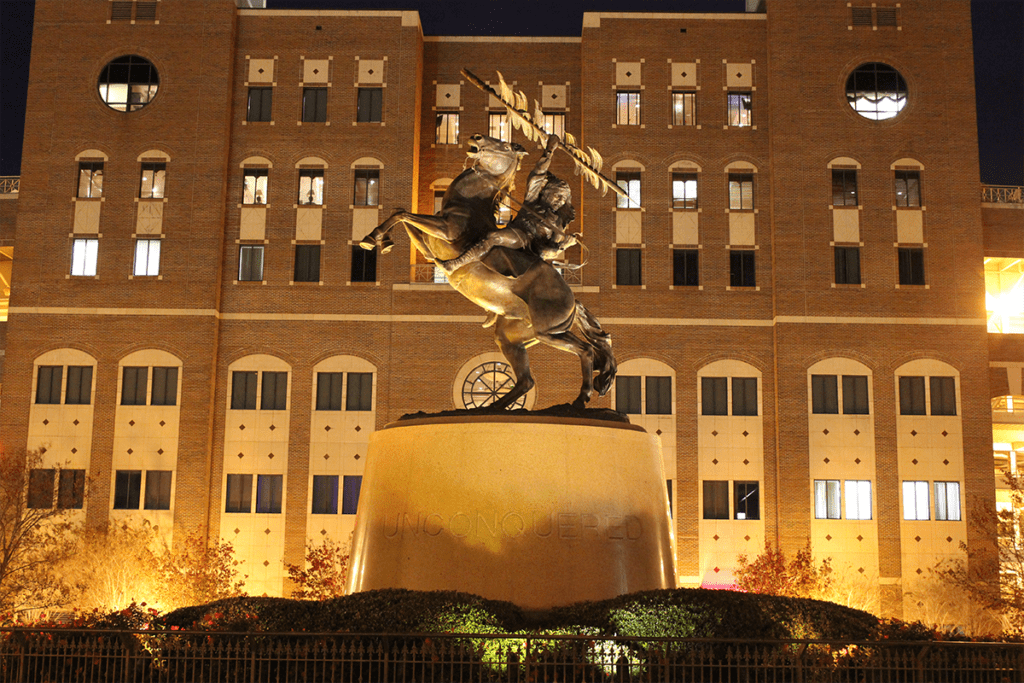
It’s also wise to pay attention to the advice the schools disseminate. On an episode of the College Admissions Process podcast last summer, Andrea Flores, FSU’s assistant director of recruitment, provided guidance to prospective students and their families. Flores suggests that first-generation college students should highlight it in their applications, noting that FSU has a Care Summer Bridge program to prepare such students for college. She also stressed applying as early as possible and calls the application essay “so, so important” to FSU admissions.
Flores says that students need to use the essay to explain who they are, what they do in their off hours, and fill in the gaps that aren’t otherwise apparent elsewhere in their application. She shares that FSU reviews applications according to the university’s three core values: strength, skill and character. Flores says strength equates to academics, skill to what students do outside the classroom, and their character is what they should highlight in their essays.
Aysha Wong, a former admissions officer at UF, appeared on the podcast “Getting In: A College Conversation” in 2023. She shares that in the students’ essay, they should write in their own unique voice while displaying their personality and enthusiasm for the things they’re involved in. Wong says UF looks for self-starters who take the initiative, seek out opportunities and display intensity for their passions. Wong added that officers spend 5 to 7 minutes max per application, so students should “be thoughtful about how they organize their information … to ensure that admissions counselors are picking up on what they want them to pick up very quickly.” “We’re not going to Google what something is, we’re not going to figure out what some acronym means,” Wong says. “Simplifying is key.”
In a 2022 interview on the College Admissions Process podcast, Jessica Roth, an admissions official at UF, says the admissions department examines extracurricular activities within the context of each student. “There’s not one activity that’s more important to us,” Roth says. “It is the student’s story that we want to know about.” Additionally, Roth also says that while senior year grades aren’t factored into a student’s application, admissions officers do look at what classes students plan to take in their final year. As a result, Roth suggests students should still sign up for academically rigorous classes. “We do want students to view (their senior year) as a ramping up to joining our academic community,” Roth says.
Everything Happens for a Reason
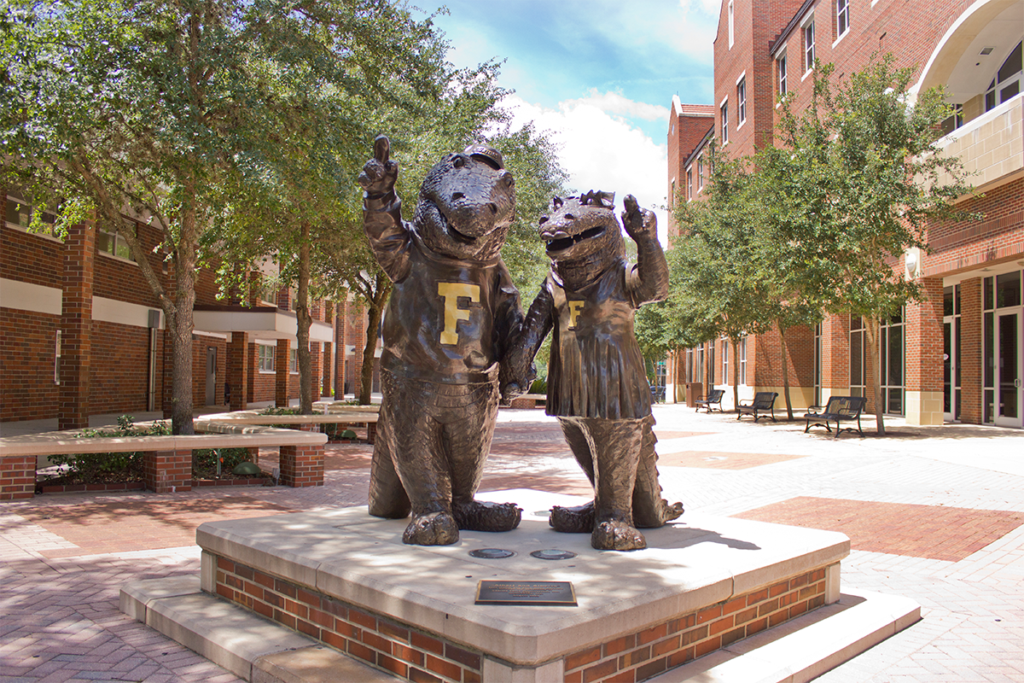
Flamingo reached out to Governor DeSantis’s office to ask him if he supports extending the 10% cap on out-of-state students to each individual public university in the state; to gauge whether he supports UF’s mission to “expand its footprint and brand” out of state and overseas; to ask if he thinks state schools should give priority to low-income applicants; and to see if he still supports the in-state tuition waiver for out-of-state students with grandparents in the state. His office didn’t respond to several inquiries.
The University of Florida responded to some of Flamingo’s inquiries but declined to provide a breakdown of the in-state vs. out-of-state acceptance rate and would not disclose how many international students were accepted in their freshmen class last year or this year, despite several requests over a period of more than one month. (In 2023, 3% of the freshman class were foreign nationals.)
The increasingly tough standards at Florida’s flagship public universities should be a source of pride for Floridians, as these institutions are now attracting some of the best and brightest students from around the world. But the new standards are also concerning for many stressed-out parents and students around the state. Parents who have lived through the college admissions process say it’s important to keep perspective and remember that it’s not the end of the world if your child doesn’t get into the college of his or her choice. Schoenbeck, Keber, Brayer and Morales didn’t get into UF, which troubled them for a time, but they’ve all moved on. Morales is excited to attend Florida State this fall. Brayer is a member of a fraternity at USF now and says he is thrilled with his decision to attend school close to home.
Schoenbeck and Keber say they couldn’t be happier at FSU. Keber says she was once troubled by her denial but now “regrets nothing.” “I wanted to go to UF because I was told it was the best school in the state,” she says. “But I never stopped to consider if it was the right school for me. When I was rejected, people told me everything happens for a reason, which I thought was BS. But now I realize they’re right because I love it here (at FSU).”

